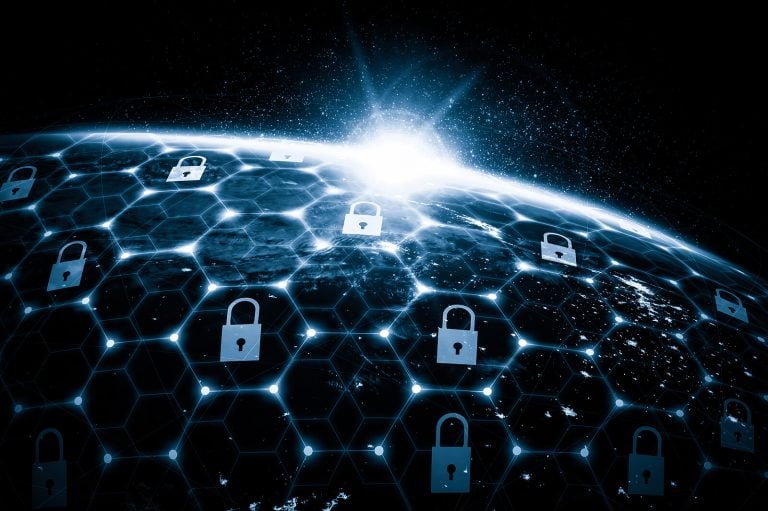How often do you look through an IT publication and wonder, “Who do they think they’re talking to?”
Table of Contents
ToggleYou know what I mean. It’s the professional equivalent of getting a brochure for a tricked-out luxury car, or a pitch for a new yacht. Do they even know me? I know which gas station has the lowest prices. Where’s the stuff in my price range?
The good news is that eventually most technology does find its way into the real world, becoming accessible to a broader market. It just takes time. By then, it’s typically more functional, more automated and readier for prime time – so the delay is worth it.
My favorite recent example is disaster recovery technology
Years ago, storage-based replication dominated the market for those with enormous SANs in their datacenters. It worked well – for those with metric tons of storage in their shop. Then, with the advent and proliferation of virtualization, backup of VMs became much cheaper. Snapshots can be reasonably taken once an hour, which saves a great deal of heartache when things go wrong. Still, the costs and timelines of recovery are still high.
Why? Because if the primary systems are permanently broken, most smaller organizations don’t have spares in the corner. Spare hardware is costly, and very hard to justify. Most don’t have secondary data centers either. New hardware purchases and new data center space all take time. So, having a recent backup is helpful – but hardly solves the disaster recovery problem.
Companies with high IT budgets had secondary sites and redundant hardware in addition to the backup software. True DR remained a luxury item.
DRaaS becomes affordable and accessible
Then two things happened. The first, of course, is the all-pervasive cloud. Clouds became the secondary data centers for disaster purposes. By dropping the costs and timelines associated with secondary hardware, everyone had a baxckup plan.
The second was a shift in software. Backups still represented significant data and time lost before recovery. And the subsequent spinning up of a backup VM was time consuming. So new replication software that sent continuous updates to a secondary site – and quickly spun-up half-dormant VMs—was a fundamental improvement.
Marry that software, whose prices are dropping, with a cloud target in a Disaster Recovery as a Service model, and all of a sudden, business continuity becomes cost-effective. It’s now within reach for most IT groups.
Data protection is just one of the many domains that have shifted in economics for smaller organizations. Converged infrastructure, cloud services of all sorts, automation tools and security software have all shifted. This is due to more as-a-service pricing models and to an industry understanding that the vast majority of technology isn’t consumed by the top 1% of companies.
Maybe one day you’ll be flipping through an analyst report or your favorite IT publication and think “Wow, they understand my company’s needs.” Until then, keep flipping over those price tags – that solution may be more cost-effective than you expect.






